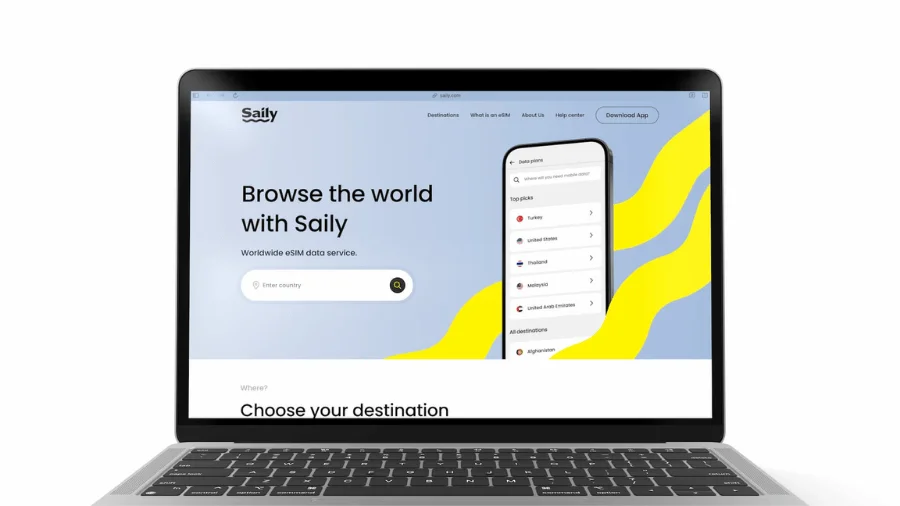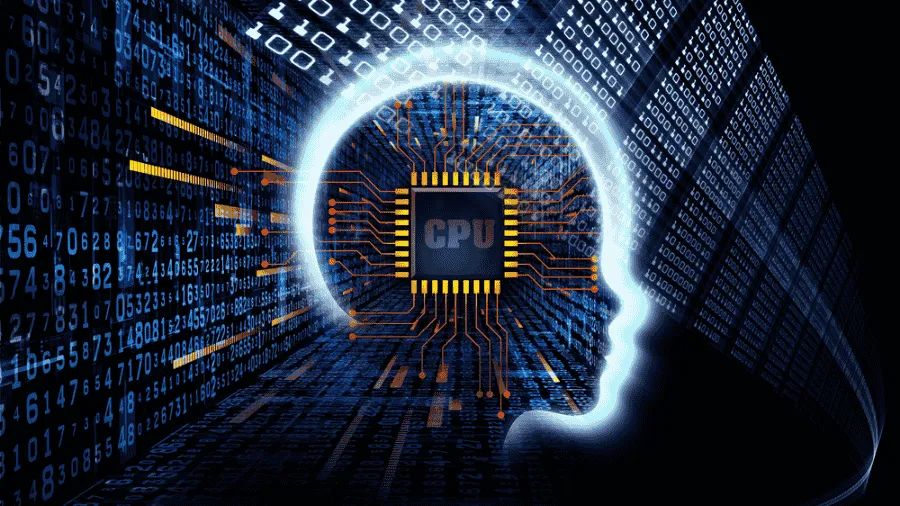Legal Responsibility for AI Code Who Should Bear the Consequences
The issue of legal responsibility for AI Code raises profound questions in the realm of programming and technology. With the advancement of AI technologies and their increasing reliance in software development processes, it becomes crucial to understand who is liable if AI Code leads to catastrophic outcomes.
In this context, another question arises regarding how to verify the validity and accuracy of generated AI Code, especially when used in sensitive systems such as self-driving cars or medical systems. However, the biggest challenge lies in establishing clear standards for reviewing and testing AI Code to ensure its reliability and safety.
The continuous evolution of AI Code capabilities necessitates consideration of the legislation and policies governing its use, aimed at minimizing risks and promoting responsible innovation.
Read also: Top Five ChatGPT Customization Tips to Boost Productivity
1. Responsibility for Functional Performance
Attorney Richard Santalis, founding member of SmartEdgeLaw Group, explains that the legal status of code generated by AI is quite similar to that of code written by humans. Santalis states:
“Until new legal cases concerning AI are resolved, the legal liability for AI-generated code is the same as that for manually written code.”
He adds that manually written code is not inherently error-free, and it is rare for software to be guaranteed 100% flawless in performance or service continuity.
Important Point: Most programmers rely on libraries and open-source software or tools that have not been personally verified. AI-generated code may fall within the same context of reliance, but it adds an additional layer of complexity due to its unclear origins.
2. Risks Associated with AI-Generated Code
Sean O’Brien, a lecturer in cybersecurity at Yale University, points out that there are real risks involved in the possibility of AI-generated code producing “duplicate” content from open or proprietary sources.
“The likelihood that AI will produce existing intellectual property code, especially if trained on massive amounts of open and closed-source code.”
The Biggest Challenge: Since the training data for AI is not always clear, we do not know whether the produced code is generated based on the AI’s understanding or simply “copied” from the training data.
3. A New Class of Legal Issues: “Legal Predators”
O’Brien warns of the emergence of a new industry of “legal extortion,” similar to that of “patent trolls,” where legal entities pursue companies and developers using AI.
Implications:
- Developers may be accused of intellectual property infringement if proprietary code from other companies is used without permission.
- Programming environments may become contaminated with illegal code, leading to legal claims to cease its use.
Read also: Make Money with AI
4. Responsibility in the Event of a Catastrophic Outcome
If AI-generated code leads to a catastrophic failure, who is responsible?
- The Product Manufacturer: Responsible for choosing libraries or tools known to contain flaws.
- The Programmer: Must ensure the quality of the produced code.
- The AI Development Company: May face liability if it is proven that the AI produced invalid code based on inappropriate training data.
Potential Examples:
- If a company uses a library with known security vulnerabilities and this results in tangible harm, who is to blame? The complex answer is: everyone.
5. The Stance of the Judiciary and Laws
According to Canadian lawyer Robert Piacentini:
“If the AI-generated code is based on incorrect or biased training data, it could lead to legal claims based on the nature of the resulting damage.”
So far, there are not many legal precedents concerning AI-generated code. Only when actual cases are brought to court will we know more about how the judiciary will handle these situations.

6. Important Advice
In light of these unclear legal circumstances:
- Thoroughly Examine the Code: Do not rely on AI-generated code without comprehensive review.
- Test Software Rigorously: Conduct extensive testing to ensure performance safety.
- Be Aware of Risks: Understand the legal risks associated with using AI tools.
Ultimately, we are still in “uncharted waters” when it comes to the laws and responsibilities surrounding AI-generated code. Technological advancement far outpaces legal progress, making the future filled with both challenges and opportunities.
Read also: How to Start a Blog with AI and Automation





